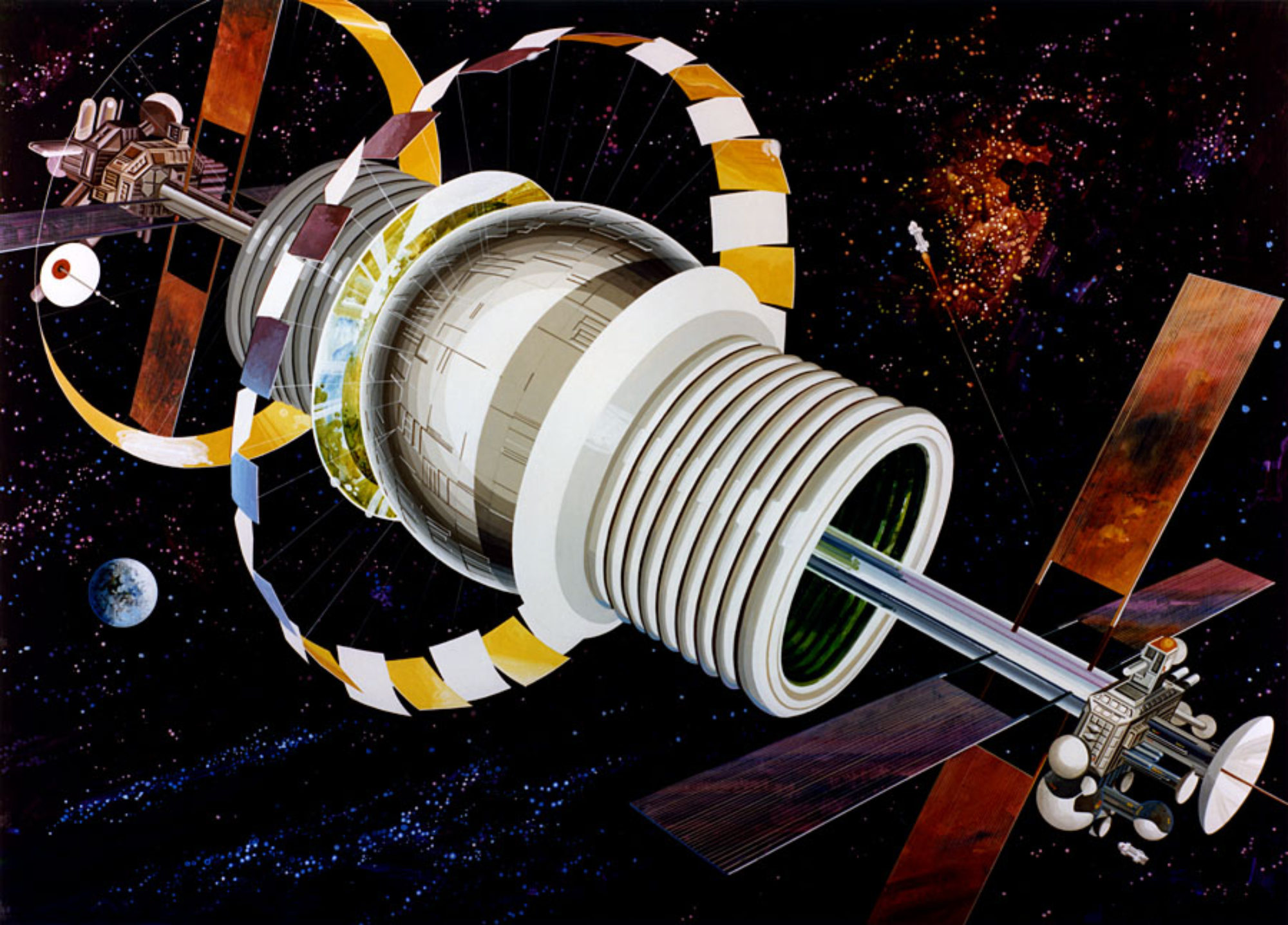Joel Sercel of Trans Astronautica Corporation was recently awarded a Phase II NIAC grant for a Lunar Polar Mining Outpost (LPMO) that promises to greatly reduce the cost of commercializing propellant production on the Moon. The system utilizes two patented innovative concepts for generating power and processing regolith. The first invention is a several meters tall solar reflector tower called a Sun Flower™ to gather sunlight at the permanently illuminated areas near the poles and reflect it down to megawatt level solar arrays near the outpost. The second concept called Radiant Gas Dynamic (RGD) mining combines microwave and infrared radiation to sublimate ice out from the regolith for storage in cryotraps on electric powered rovers. The outpost elements are designed to be delivered to the lunar surface using Blue Origin’s New Glenn rocket and Blue Moon lander.
Sercel states that “…LGMO promises to vastly reduce the cost of establishing and maintaining a sizable lunar polar outpost that can serve first as a field station for NASA astronauts exploring the Moon, and then as the beachhead for American lunar industrialization, starting with fulfilling commercial plans for a lunar hotel for tourists”

Credits: Joel Sercel



